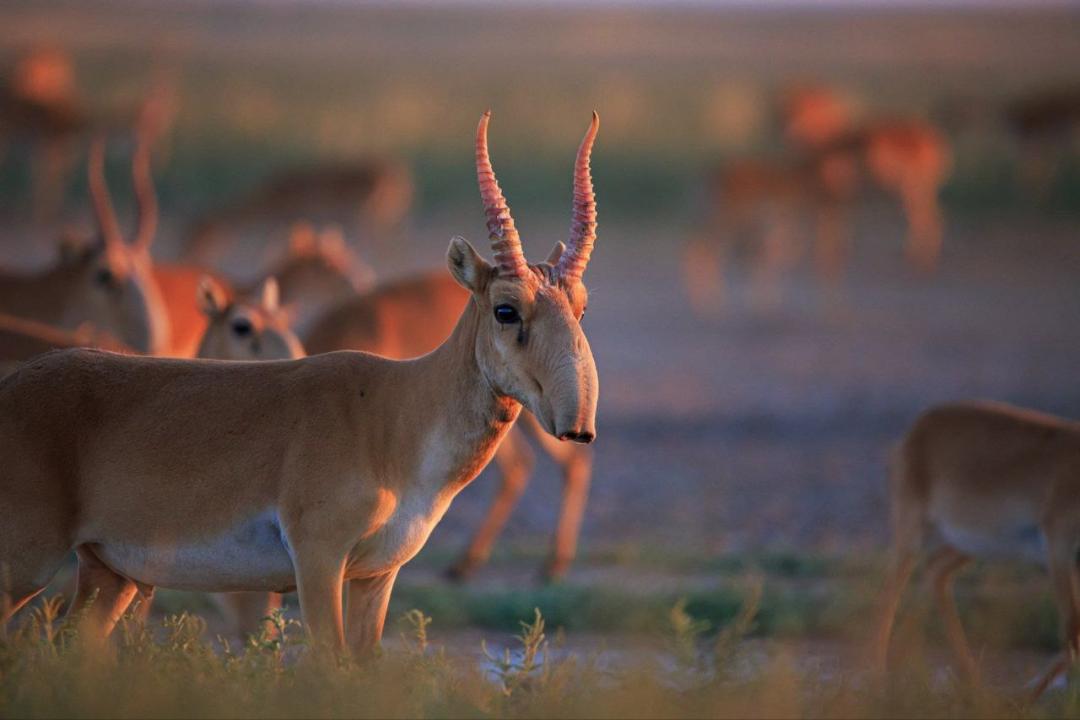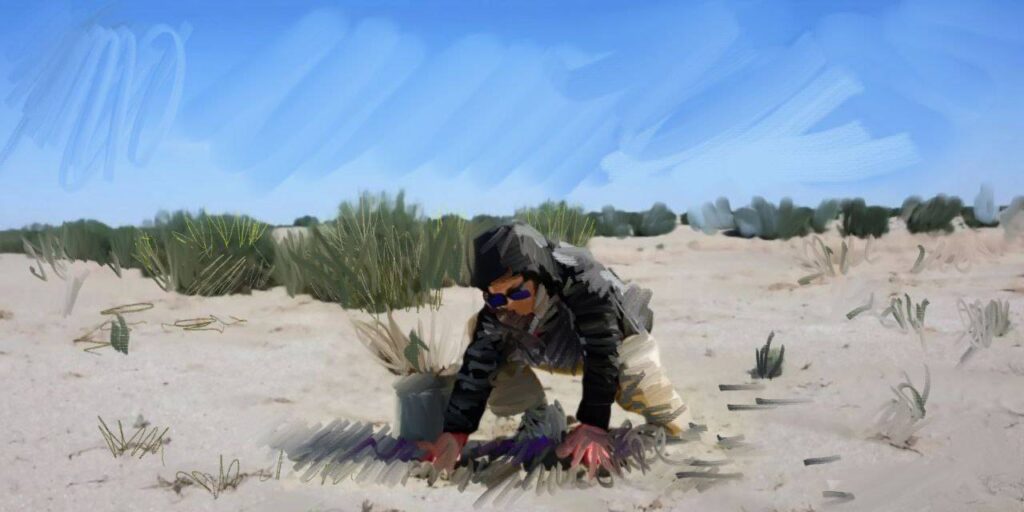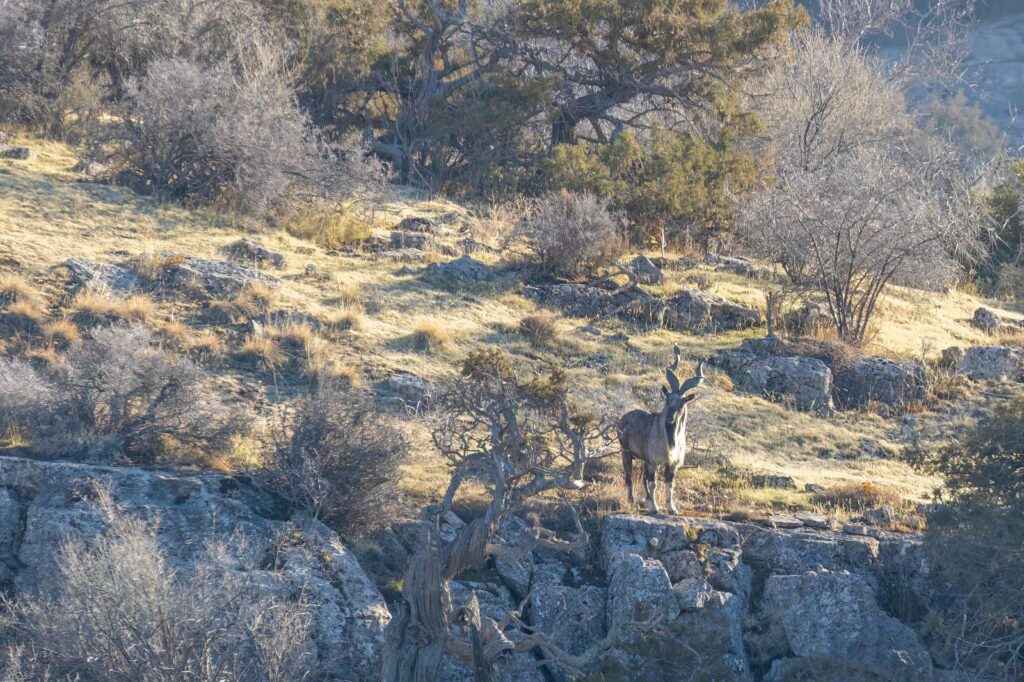The number of saiga antelopes in Kazakhstan has surged to an estimated 2,833,600, an increase of well over 40% since last year, according to an aerial survey conducted between mid-April and May 1. The total number is likely to be much higher because the study was done before the calving season in May
The new data represents another step in the extraordinary comeback of a species whose numbers were estimated at 20,000 in 2003 and then, after a period of growth, suffered another big population crash because of a bacterial disease outbreak in 2015. A reduction in poaching and the expansion of land earmarked for conservation helped the species recover in Kazakhstan, though saigas are vulnerable to several diseases and extreme weather. Some farmers say ballooning saiga numbers threaten their crops and the government has explored mass kills and other ways to regulate the population.
Helicopters were used to count the antelopes over an area of about 150,000 square kilometers this year, logging 215 flight hours as they flew at a steady altitude of 120 meters, according to the Altyn Dala Conservation Initiative, which aims to restore the Kazakh steppe ecosystem. It said state agencies were involved and the science – survey route plans, data collection and result processing – was carried out by the Association for the Conservation of Biodiversity of Kazakhstan.
“These annual figures are made using the same methodology which is well established,” the conservation initiative said on June 3. “They are derived by extrapolation and primarily reflect the trend in the species’ numbers, i.e. an increase of over 40%, and the approximate number. These data were obtained in April 2024, before calving, which took place in May, so now, by the beginning of June, considering the successful breeding season, the number of the species will have almost doubled.”
The surveys were carried out in the regions of West Kazakhstan, Mangistau, Akmola, Aktobe, Kostanay, Karaganda, Ulytau, Pavlodar and Abay. The dry steppe grasslands and semi-arid deserts of Central Asia are the saiga’s natural habitat.
The vast majority of saigas are in Kazakhstan; Russia and Mongolia have small populations. Saigas from Kazakhstan have migrated in and out of Uzbekistan, sometimes reaching Turkmenistan. But such cross-border movements have dropped. The number reaching Uzbekistan has declined, partly because a border fence was built, and saigas haven’t been seen in Turkmenistan for several years, according to the IUCN Red List of Threatened Species. IUCN stands for International Union for Conservation of Nature, a group based in Switzerland.
Last year, the saiga’s conservation status on the red list was upgraded from “critically endangered” to “near threatened” because of its population gains. Saiga females start to breed when they are only eight months old and they often give birth to twins.









